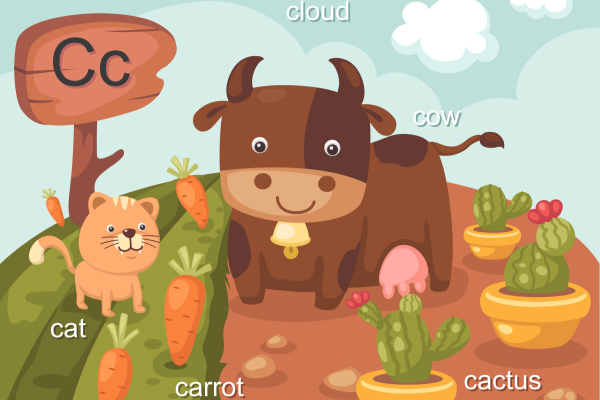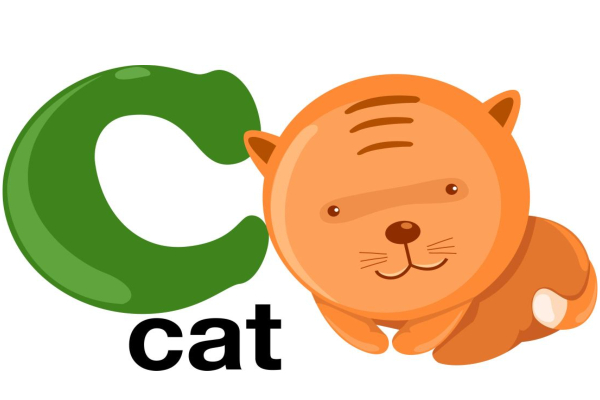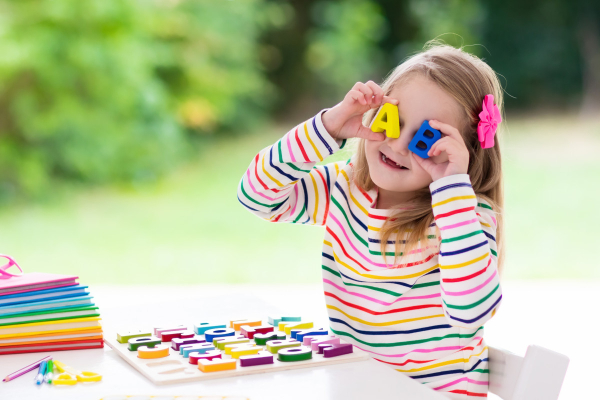In this article we’ll be looking at easy ways to teach your child to read using phonics. Before we get into it the methods, let’s take a quick look at what phonics is all about. As well as why it’s essential to learn phonics.
What is Phonics?
Phonics is a teaching method that helps children understand the relationship between letters and their sounds.
By learning and understanding letters and their sounds, kids can successfully decode and read unfamiliar words. This leads to fluent reading, accurate spelling, a richer vocabulary and greater self-confidence.
This decoding skill acquired through phonics is a crucial part of reading and academic success. Which is one of the reasons why phonics is the recommended way of teaching kids how to read and write.
Why Phonics is so Important
Studies have repeatedly found phonics to be the best way to teach a child to read.
It not only teaches them how to decode words effectively, but it does so in a logical way. This logical progression ensures that kids learn easier concepts of the English language first, before moving on to more difficult concepts. This sets learners up to master reading, spelling and communication, as they have a clear understanding of how the language works, rather than outdated memorization techniques.
Phonics increases a child’s reading fluency, accuracy and comprehension. Due to fact that they spend less time trying to figure out how to pronounce a word, and can rather focus on understanding its meaning.
Phonics forms the foundation for reading words. And reading forms the foundation for all formal education. Without phonics, children will struggle to figure out unfamiliar words. Leading to frustration, loss of focus, and the inability to keep up with classmates.
Phonics is essential for developing your child’s reading ability in their early life, and for building a solid foundation for future academic success.
Having said that, let’s take a look at some of the basic principles to keep in mind teaching your child to read using phonics.
Basic Principles for Teaching Your Child Using Phonics
1 – Fun
It’s extremely important that your child has fun when learning to read. When they are enjoying themselves, they are ‘switched on’, and there’s a much higher chance that they will retain what’s being taught.
Never force your child to read, as this will lead to negative feelings towards books and learning in general. It’s crucial that your child has a positive experience when reading.
2 – Appealing to Your Child’s Interests
One way to ensure that reading is a positive experience, is to read stories that appeal to your child’s interests. This isn’t just limited to books and stories. When teaching them using phonics, you can also use individual words and sentences from their favorite topics.
3 – Keep Lessons Short
It’s good to teach phonics in short bursts. Several quick 4 – 5 minute sessions spread throughout the day will ensure that your child doesn’t get tired and lose interest. Numerous spaced out sessions will also bring about consistency. This consistency will help your child master phonics, as it will be ingrained in their daily life.
In total, the phonics lessons shouldn’t take more than 20 – 30 minutes each day. This however doesn’t mean that your child’s exposure to reading is limited to these sessions. You can and should be reading to them as well.
4 – Read to Your Child
Read to your child regularly, as this will instill a genuine love for reading.
You can even slip in a quick phonics lesson without your child realizing, by stopping every now and then to ask them to sound out a word or two with you.
5 – Begin with Phoneme Mastery
Phonemes are the individual sounds that make up words.
When a child masters these individual sounds, they are able to combine them (blending) to form words. From words they can read sentences. And from sentences, paragraphs, pages and books.
This is a logical progression, and it all starts with phonemes.
The more your child understands phonemes, the more accurate and efficient they’ll be in decoding and pronouncing words.
To master phonemes, it’s important for your child to first learn the letters in the alphabet, and their associated sounds. That’s the best place to begin.
Learning the Alphabet
When teaching your child the alphabet, you can choose to either start in alphabetical order (a, b, c, d), or you can choose to teach them some of the more common consonants and vowels first (a, c, t).
Remember, you’re teaching them the sound each letter makes.
It’s best to start slow and begin with just a few letters. It’s important that they master these first before introducing them to new letters. Once they have, you can even start teaching them some blending.
Example:
/c/ /a/ /t/ = cat
To assist in your child’s understanding of phonemes, you can also do a bit of ear training.
Ear Training
Ear training is a great way of helping your child understand that words are made up of individual sounds.
To do this, use everyday words your child understands.
When talking to your child, slowly sound out one of the words in your sentence.
For Example:
“Sarah, would you like to s – it on the chair?”
If your child is grasping the concept easily, you can make it more difficult by increasing the word separation.
For Example:
“Sarah, would you like to s – i – t on the chair?”
If you want, you can even turn it into a blending sounds game.
Blending Sounds Games
In addition to using phonics in everyday speech as mentioned earlier, you can ask your child to play a game.
Choose a word, decode it, and say it slowly to your child.
Now ask them to guess what it is.
For example:
“s – it”
or
“j – ump”
If it’s too easy for your child, you can make it a little more difficult by breaking the word down even more.
“s – i – t”
or
“j – u – m – p”
You can make the game even more exciting by telling your child to perform the action when they’ve guessed it correctly. If the word is an object (example – dog), you can hide away a picture of the object in a relatively easy place to find.
Once your child has guessed the word correctly, tell them to find the picture.
I – Spy
Another fun game to play is I-spy. However, instead of using the name of the letter, use the sound.
Conclusion
We all want what’s best for our children, and to give them every every possible chance to excel in life.
One of the most important skills we can equip them with is the ability to read effectively. Which is why it’s our responsibility as parents to take an active role in developing their reading ability.
And when you teach your child to read using phonics, they’re getting a solid reading foundation which will assist them throughout their academic careers.
Now that you’ve seen some of the ways how you can teach your child to read using phonics, we recommend that you give serious thought to investing in Children Learning Reading. It shows you step-by-step how to teach your child to read using phonics, with just a few minutes each day.
Click here now to see Children Learning Reading in full
And remember, a little fun will go a long way!
Recommended For You:

How I Taught My Kids to Read: Susan’s Story
Nobody wants to hear that their child is struggling to keep up with their classmates. I mean, we all have big dreams for our kids, and we're confident they will excel in school. However, this wasn't the case for me. So you can imagine my pain when my son's teacher...
Related Articles:
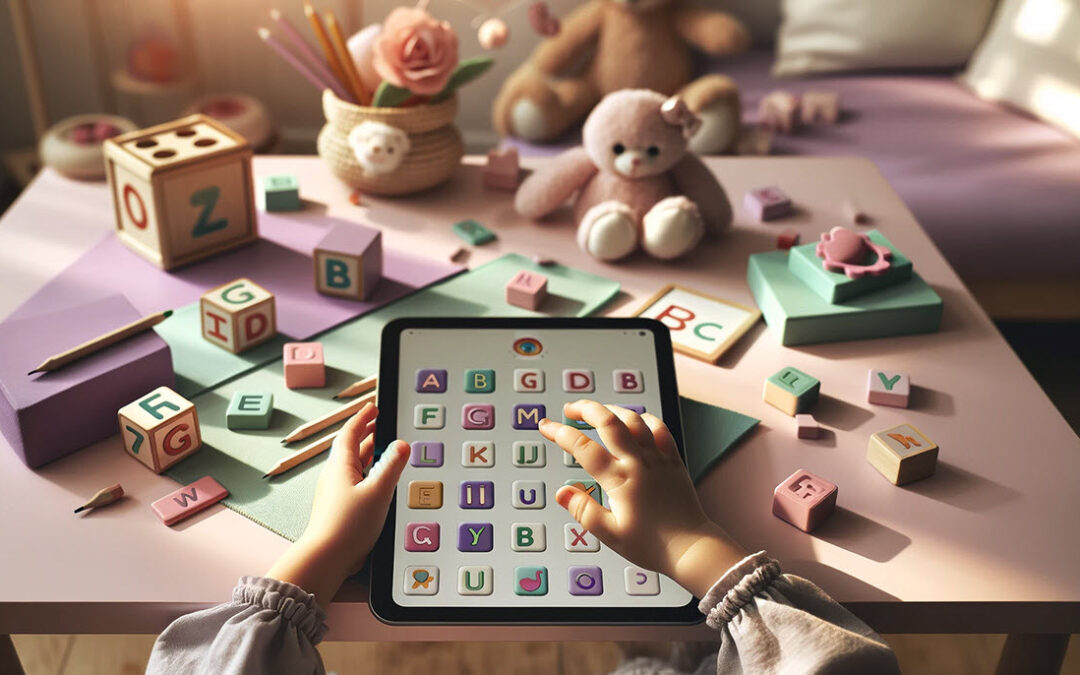
Fun Unleashed: ABC Recognition Games That Kids Love
Fun Unleashed: ABC Recognition Games That Kids LoveUnderstanding the monumental role early literacy plays in a child's educational journey, the foundation of reading skills begins with mastering the ABCs. ABC Recognition Games not only pave the way for this...
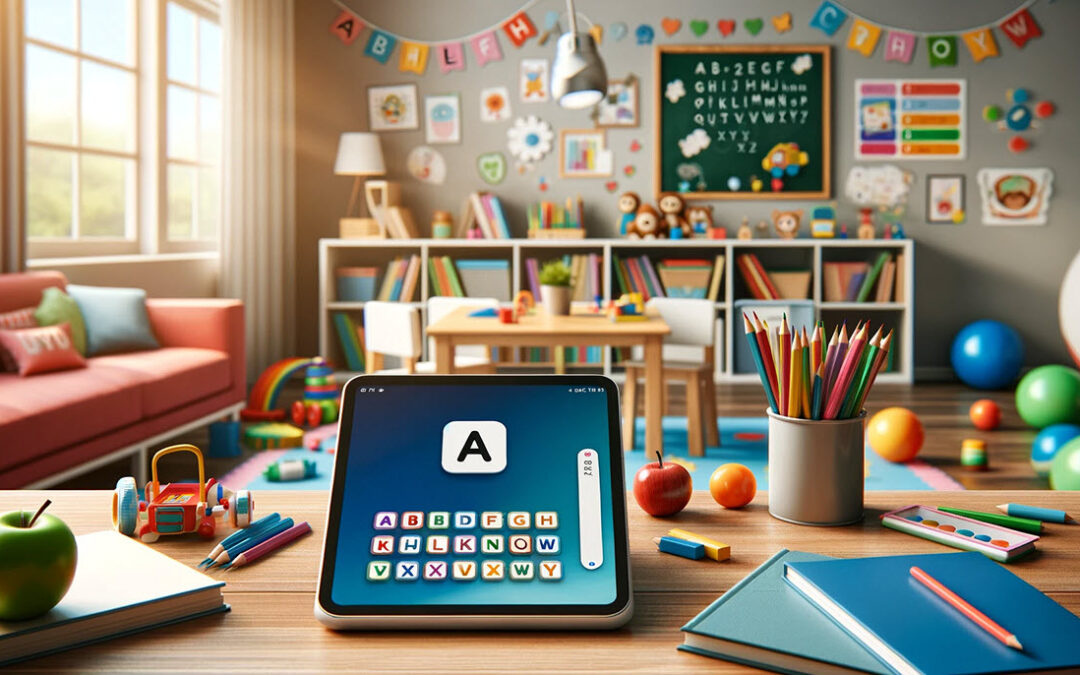
Unlocking ABCs: The 5 Best Apps for Learning the Alphabet
Unlocking ABCs: The 5 Best Apps for Learning the AlphabetIn today's fast-paced digital world, the quest to find the best app for learning the alphabet for our little ones can feel overwhelming. With a myriad of options at our fingertips, how do we, as parents, make...

How to Help Students with Reading Comprehension: A Parent’s Guide to Success
How to Help Students with Reading Comprehension: A Parent's Guide to SuccessAs a guiding light for parents navigating the intricate path of enhancing their child's reading comprehension, understanding how to help students with reading comprehension is pivotal. This...

What is Skilled Reading: A Comprehensive Guide for Parents
What is Skilled Reading: A Comprehensive Guide for ParentsImagine a world where every child reads not just with ease, but with an understanding deep enough to traverse the realms of imagination and reality. This is the promise of skilled reading, a pivotal element in...

How to Learn the Phonetic Alphabet
How to Learn the Phonetic AlphabetAs parents, we all dream of the moment our child reads their first word. This journey begins with the foundational skill of understanding the phonetic alphabet, a crucial stepping stone in early reading development. The phonetic...

Learning the Alphabet and Sounds: A Comprehensive Guide to Early Literacy Skills
Learning the Alphabet and Sounds: A Comprehensive Guide to Early Literacy SkillsDiving into the world of letters and sounds can be an enchanting journey for little ones. Mastering the alphabet and its myriad of sounds is not just about rote learning; it's about...

The Importance of Learning the Alphabet: Laying the Foundation for Reading Success
The Importance of Learning the Alphabet: Laying the Foundation for Reading SuccessWhen we think about the foundational elements of literacy and education, few things are as fundamental and powerful as learning the alphabet. For many children, the journey into the...

High Frequency Words vs Sight Words in Early Reading: Unlocking the Puzzle
High Frequency Words vs Sight Words in Early Reading: Unlocking the PuzzleAh, the tender journey of watching your little one morph from babbling toddler to a curious preschooler, keen on exploring the world of letters and words. It's a captivating transition, dotted...

Words for Kindergarten to Learn: Unlocking a World of Communication and Discovery
Words for Kindergarten to Learn: Unlocking a World of Communication and DiscoveryEmbarking on the educational journey with your little one is a blend of excitement, anticipation, and a dash of uncertainty. As parents, we're wired to provide the best stepping stones...

How to Help Kindergarteners Learn Sight Words: A Journey of Discovery and Mastery
How to Help Kindergarteners Learn Sight Words: A Journey of Discovery and MasteryEmbarking on the literacy journey is a monumental step in a child’s life, with sight words paving the way for this exciting adventure. Imagine the spark of joy in a child's eyes when they...

Natalie is a full-time blogger and former elementary school teacher who specializes in helping parents teach their kids to read. With a qualification in Early Childhood Education, over 7 years of experience in education, and a passion for literacy, Natalie provides practical tips, activities, and resources for parents looking to support their child’s learning-to-read journey. She is the proud mom of two young readers and loves sharing her knowledge and experience with other parents. Natalie enjoys spending time with her family, reading, and exploring the great outdoors when she’s not blogging.

